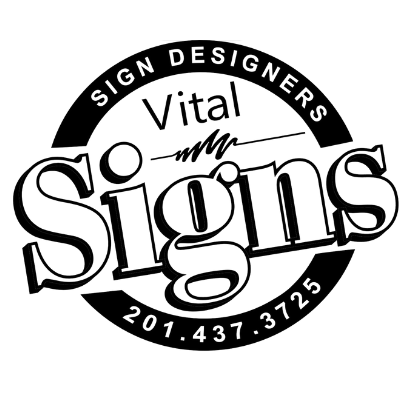ADA / Way Finding
ADA signage, which stands for Americans with Disabilities Act signage, refers to a specific set of signage requirements outlined in the ADA regulations. These signs are designed to ensure accessibility and equal navigation for individuals with disabilities, especially in public spaces and buildings. ADA signage helps people with visual, hearing, mobility, and cognitive impairments to navigate and use facilities with ease.
Key features of ADA signage include:
- Braille: ADA signs often include Braille text to assist visually impaired individuals. Braille text provides information about room numbers, restroom designations, floor levels, and more.
- Raised Characters: Raised characters are essential for visually impaired individuals to read the information by touch. Raised letters, numbers, and symbols are accompanied by Braille text.
- High Contrast: ADA signs have high contrast between background and text/graphics, making them easier to read for people with low vision.
- Pictograms: Pictograms or symbols are used to convey information quickly and universally, aiding those who may have language or cognitive barriers.
- Mounting and Placement: ADA signage has specific height and placement requirements to ensure that they are easily reachable and readable for individuals in wheelchairs or with limited reach.
- Clear Fonts and Spacing: ADA signs use clear, easy-to-read fonts and appropriate spacing to ensure legibility.


Wayfinding Signage:
Wayfinding signage assists people in navigating complex environments such as large buildings, campuses, airports, malls, and more. Effective wayfinding signage helps individuals reach their desired destinations smoothly by providing clear and intuitive guidance.
Key characteristics of wayfinding signage include:
- Directional Arrows: Clear arrows indicate the direction to different destinations, helping individuals choose the correct path.
- Icons and Symbols: Visual symbols representing restrooms, elevators, stairs, exits, and other common destinations make information easy to comprehend across language barriers.
- Maps and Floor Plans: Larger environments often incorporate maps and floor plans to give an overview of the entire space and highlight key locations.
- Consistency: Uniform design elements and color schemes across all wayfinding signs create a cohesive and recognizable system.
- Clear Hierarchy: Signage hierarchy ensures that important destinations stand out, guiding people effectively through the space.
- Illumination: In spaces that are open at night or dimly lit, illuminated or backlit signs help maintain visibility.
Both ADA and wayfinding signage are essential for ensuring accessibility, safety, and a positive user experience within public spaces. Combining these elements provides an inclusive environment that accommodates diverse needs and allows everyone to navigate public spaces with confidence.
